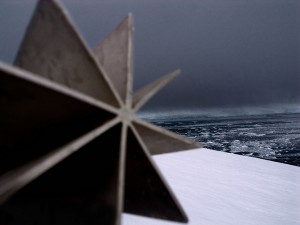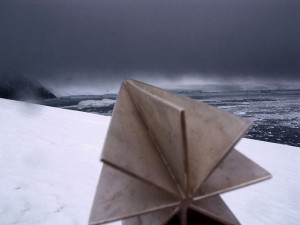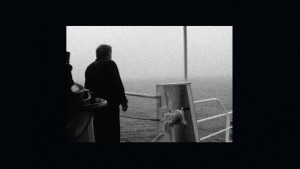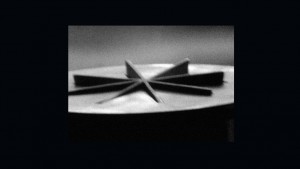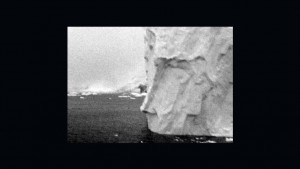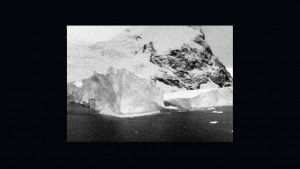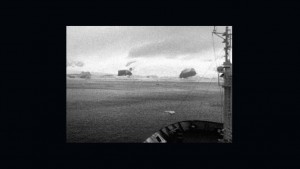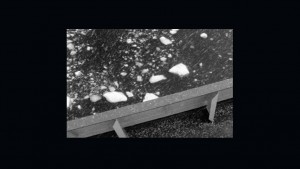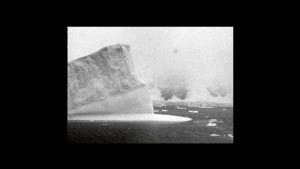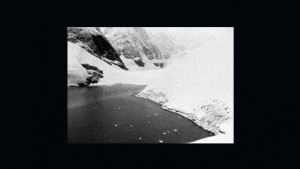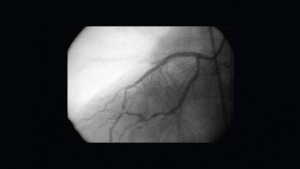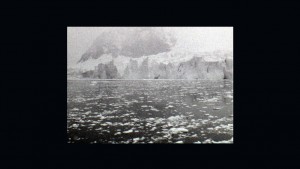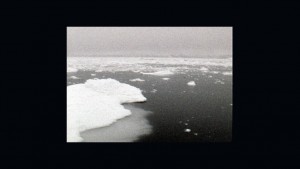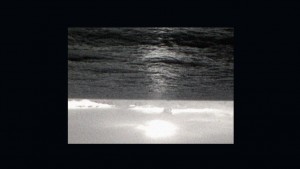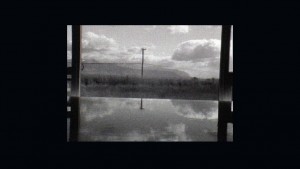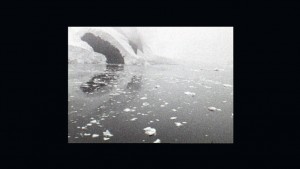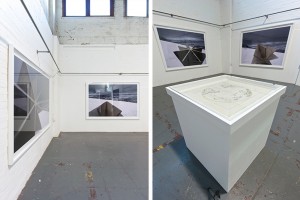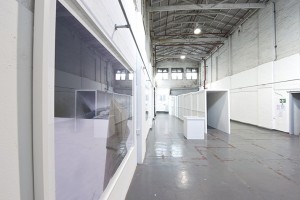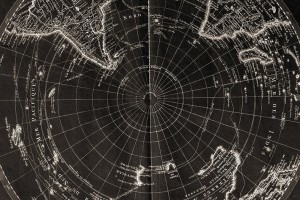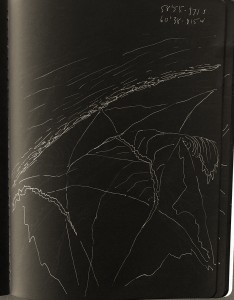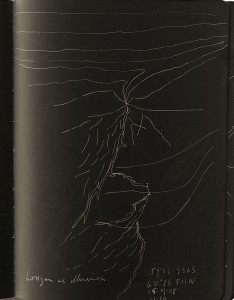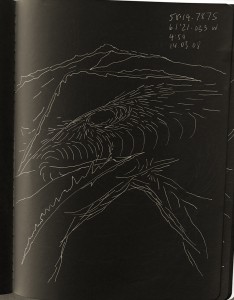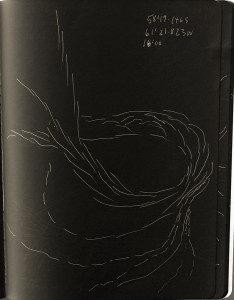Environment of Mind – 2011

Environment of Mind explores the relationship between metaphysics, technology and ecology within the symbolic and physical context of Antarctica.
Part of Antarctica’s fascination is that it suggests the potential of a radical alterity, and hence opens up the question of what does Antarctica mean for being?
The exhibition proposes how our mind is part of the environment; that is the way we think and project images of intention and their impact on the evolution of the planet geologically and its collective consciousness. Vladimir Vernadsky* (1926) developed the concept of the noosphere, he saw it as a planetary development on from the concept of the geosphere and biosphere. The noosphere asserts that our thinking is part of the geological process.
The central performative action of the work takes the form of a psychic detonation. The detonation alludes to an effect which poses the question about the nature of being. But also, a question about how technology is linked to the unpredictable intentions of the psyche and its relationship to matter- the environment; that is the destructive elements of our nature which include self- and environmental extinction as the consequence. One of the effects implied is a type of displacement which suggests our disappearance is more than physical and thus challenges the assumptions of our anthropomorphic dominance of the planet.
The film was shot in Super 8 B&W and combined with excerpts of footage from the First World War ‘interspersed among the icy ruins’, thus alluding to Antarctica as the vast depository of world memory trapped in archaic ice. Antarctica was only fully mapped in the 20th century and came into ‘Commonwealth imagination’ through Scott’s & Shakleton’s heroic exploration, later utilised for propaganda in the recruitment of young men to the war. These associations adhere to the overall symbolism of what Antarctica means environmentally and what is at stake. This is made all the more resonant as it has become a site for military territorialisation from many competing nations for its resources.
Environment Of Mind has a strange and melancholy quality. The film is intentionally edited to create a rhythm that promotes a slippage into that which makes time difficult to locate. The photographs are large and grainy skewing any sense of the objects’ scale. The central figure of the image ‘the detonator’ disorientates foreground mid-ground and background assisting in some strange flattening of the background landscape against the perspective of the object. Attendant to this is also the exploration of photography and film as a further disappearance of ourselves through insistent photographic and filmic mediation; that is our disembodied engagement of the experience of the natural environment through the similacra of the image.
*Discovery of the ozone hole was made at Vladimir Vernadsky station on the Antarctic Peninsula.
Installation Shots
Drawings
’The Waters Above, the Sky Below’, Dr Leon Marvell, Associate Professor in Film & Video at Deakin University, Melbourne.
‘Boundaries for Morning and Evening’ by Dr Mark Jackson, Associate Professor of Design in the School of Art & Design
at the Auckland University of Technology, New Zealand.
Bronia Iwanczak’s Environment of Mind, Ann Finnegan, Art Monthly, 252 August 12, pp. 44-46


